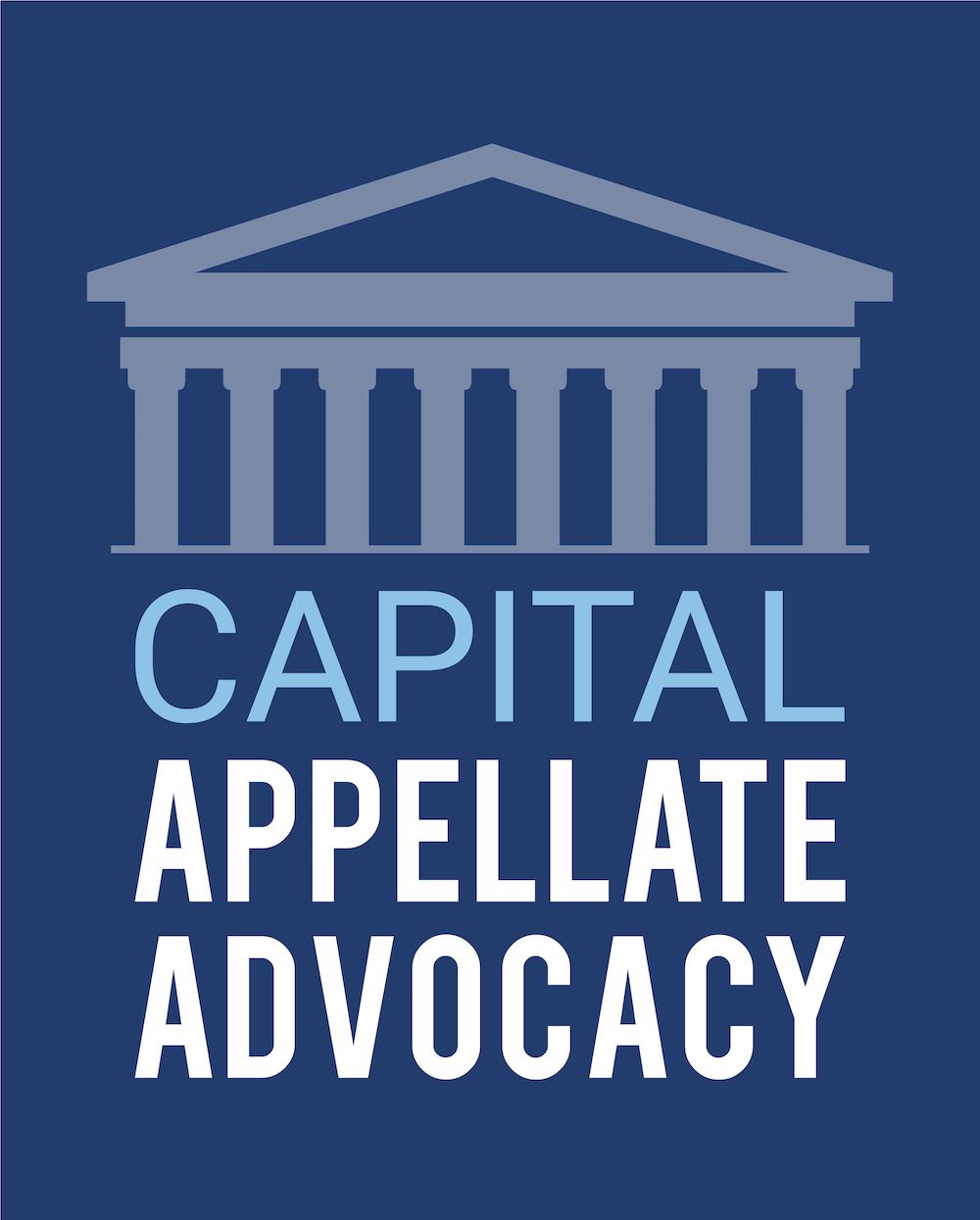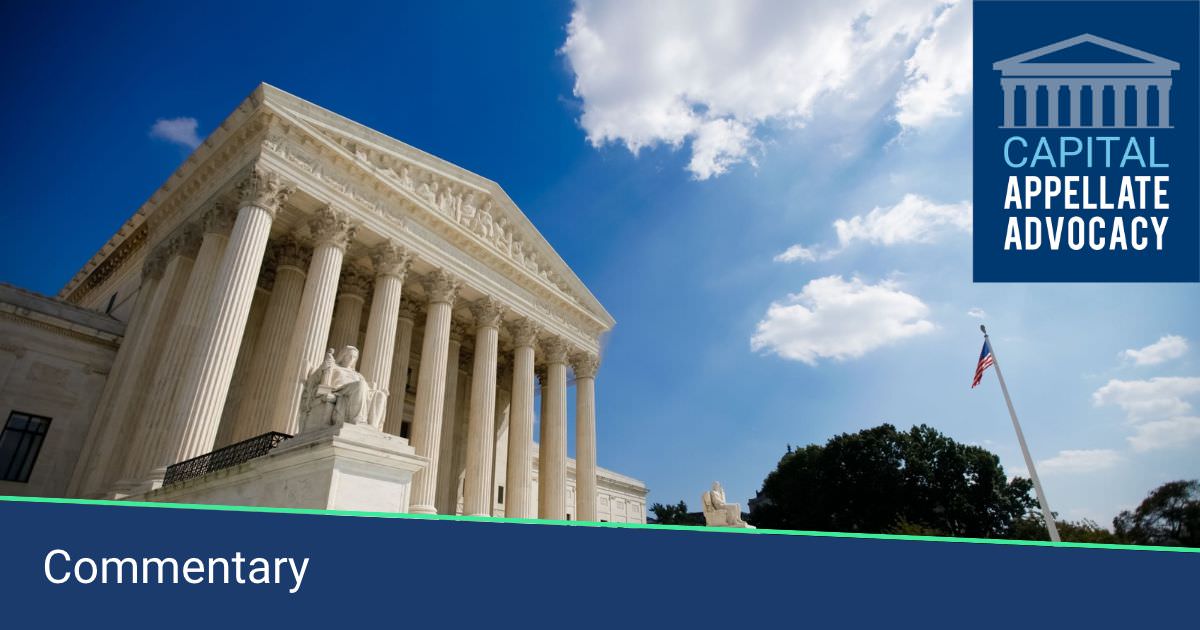What do prescription drugs, motor boats, pesticides, automobiles, medical devices, locomotives, cigarettes, vaccines, and oil tankers have in common? During the past 25 years, each has been the subject of at least one Supreme Court opinion concerning federal preemption of state-law product liability claims. No uniform rule has emerged from those opinions (e.g., there is no overarching principle that state-law personal injury claims involving federally regulated products are preempted). Instead, the Court has parsed each federal statutory/regulatory scheme (some but not all of which include express preemption provisions), and ruled either for or against preemption based on express preemption, field preemption, and/or conflict preemption principles. The resultant product-liability preemption decisions have been difficult to reconcile. For example, the Court acknowledged in Pliva v. Mensing, 564 U.S. 604 (2011), that from the viewpoint of a consumer, its holding there that product-liability claims involving generic drugs are preempted “makes little sense” in view of the Court’s holding two years earlier in Wyeth v. Levine, 555 U.S. 555 (2009), that product liability claims involving brand-name drugs are not.
The lower courts have continued to struggle with how to interpret and apply Supreme Court product liability preemption jurisprudence. One recent example is Sikkelee v. Precision Airmotive Corp., in which the Third Circuit held earlier this year that the Federal Aviation Act does not preempt product-liability claims involving federally regulated aircraft engine design. In a lengthy opinion, the Third Circuit strainedto distinguish not only Supreme Court cases finding product liability preemption under various statutory/regulatory schemes, but also its own decision in Abdullah v. American Airlines, Inc., 181 F.3d 363 (3rd Cir. 1999) (holding that the Federal Aviation Act occupies the field, and therefore preempts, the field of aviation safety). The court of appeals relied in part on the so-called “presumption against preemption,” a much overused, misunderstood, and criticized legal principle that long has divided the Justices along liberal vs. conservative lines.
On November 28, 2016, the Supreme Court declined to review Sikkelee, No. 16-323. As has been the case with many other types of federally regulated products, the Court sooner or later will address the aircraft design preemption issue, especially if the divisions among the lower courts continue to grow. Meanwhile, aircraft manufacturers will continue to be caught between detailed pre-certification requirements imposed by expert federal regulators and conflicting, inconsistent, or differing state-tort standards imposed by lay jurors in the wake of aircraft disasters. And even when the Supreme Court does decide to take up the issue, it remains to be seen whether the Court’s preemption opinion will make any sense.

